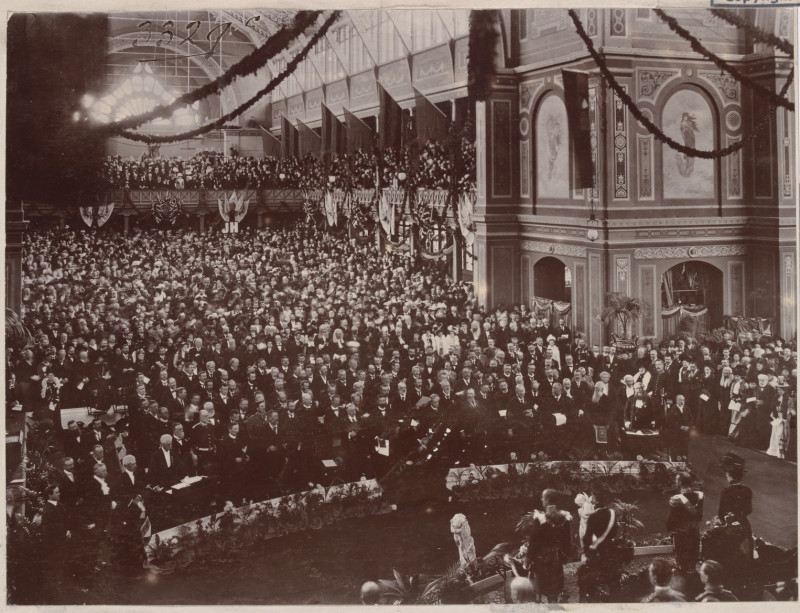Federal press gallery established
09 May 1901
The press gallery observes and reports as the Australian Parliament meets for the first time.
Around 30 journalists attended the first meeting of the Australian Parliament in Melbourne in 1901. Reports from the press gallery were how the vast majority of Australians were informed about their new parliament and system of government. Ever since, the press gallery has had a place in the Australian Parliament.
Politicians are careful about the way they work with journalists as the press has a lot of influence on public opinion. Each prime minister has their own arrangement on how they work with the press gallery. In the 1920s prime minister Stanley Bruce started meeting with journalists in his office daily. During the 1940s prime minister John Curtin, who once worked as a journalist himself, established a very close working relationship with the press who travelled with him around the country. He was the first prime minister to employ a press secretary or media advisor.
The press gallery is now made up of around 250 journalists and staff who work for media companies. There is dedicated space in the Senate and House of Representatives for the press gallery to observe the meetings of Parliament. They have offices in Parliament House where they collect and publish information on the work of the Australian Parliament and government. An important part of Australian democracy, the press gallery continues to help keep Australians up to date about government decisions and the work of their elected representatives.

The opening of the Commonwealth Parliament taken from the press gallery at the Exhibition Building, 9 May 1901
State Library of Victoria
The opening of the Commonwealth Parliament taken from the press gallery at the Exhibition Building, 9 May 1901

State Library of Victoria
Description
This photograph was taken by Albert E Walcott in 1901. It was taken from the press gallery at the opening of the Commonwealth Parliament at the Exhibition Building in Melbourne. It shows the official party standing on a platform overlooking the huge crowd.